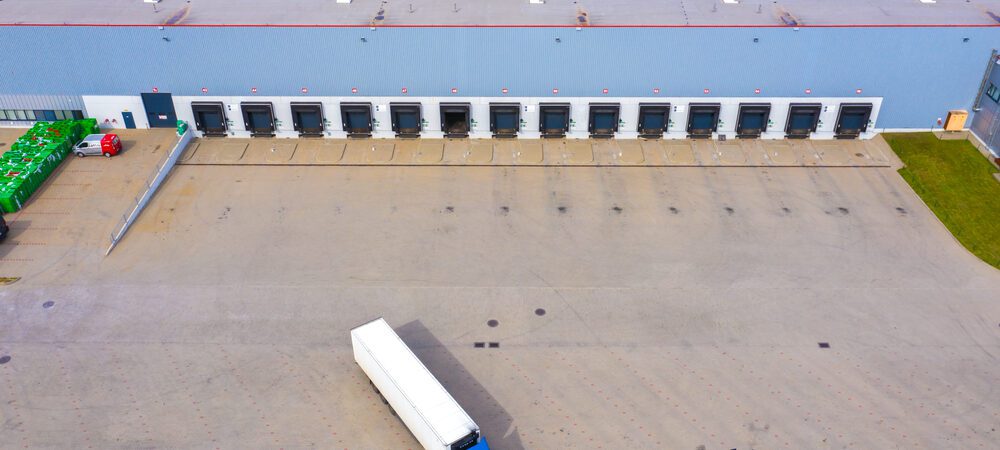Global supply chains have faced a decade of disruptions. The most significant have included the US-China trade war, the COVID-19 pandemic-era consumer goods boom and the Russia-Ukraine war. Supply chain disruptions have also included a variety of natural disasters, financial failures and operational difficulties.
Supply chain activity has normalized in operational terms during 2023, but there are significant risks across the industrial policy, labor action and environmental policy implementation spheres heading into 2024.
Supply chains need to be more resilient, but questions remain over whether corporations and their investors are willing to make the investments necessary to fortify them.
The Take
Global supply chains largely normalized in 2023 after years of disruption, and the need for resilience is clear. The willingness of corporations to build that resiliency is not.
Falling operating margins and higher interest rates may be leading companies to cut their inventory balances and reverse recent supplier diversification increases.
There is no shortage of technology available to enable supply chain resilience, with generative AI as the latest example. Most companies need to see short-term returns on investment, and recent experiences with blockchain, for instance, are leaving some hesitant.
Organizational alignments are necessary to ensure continuing supply chain resilience. Tools for success include increased engagement with labor unions, geographic diversification with an eye to mitigating operational risk, closer tracking of environment profiles, reshoring and enhanced supplier engagement to manage tariff and geopolitical risk.
Paying for Resilience in a High-Cost Environment
S&P Global Market Intelligence data indicates that gross operating profit margins for manufacturers globally are expected to fall to 10.4% of sales in 2024 from 10.7% in 2022. The decline is expected to be particularly stark for the computing and electronics sector and domestic appliance manufacturing. At the same time, capital expenditures are forecast to exceed gross operating profits by 5% in 2024 after being equal to them in 2022. Reinvesting in capital stock may take priority over spending on supply chains.
Empty shelves were one of the most tangible signs of supply chain challenges during the pandemic era. The shortage of inventories, whether of toilet paper or computer chips, led many companies to over-order and subsequently cut stock levels in late 2022 and into 2023.
Data from the S&P Global Purchasing Managers’ Index (PMI) indicates that manufacturing stocks of finished goods were in retreat for eight of the first nine months of 2023. Destocking has been particularly notable in computing, which has been going on for 27 months while the downturn in consumer goods has been more sporadic.
The evidence from corporate financial data is mixed. The inventory-to-sales ratio for the Russell 3000 group of manufacturers and retailers of goods was 54.1% on a trailing three-month basis as of Sept. 30 compared to 50.1% on average for the 2016 to 2019 period. The elevated level is not necessarily evidence of a change in inventory patterns, as it is below the 54.8% peak reached in March.
The increase is also caused by just a handful of sectors. The apparel sector has an inventory-to-sales ratio of 74.7% versus 68.6% historically, while electronics excluding semiconductors stands at 39.1% versus its historical average of 29.9%.
Sectors with longer sales cycles are closer to balance. In the case of household durable goods, the inventory-to-sales ratio of 55.0% in September is well below the 64.7% peak of a 2022 and in line with the 54.9% historic average.
Diversification of suppliers and reshoring are not the same thing. Both can reduce the inherent risk of a supply chain, and they often go hand-in-hand. However, diversification of suppliers can come in and out of fashion depending on the need for cost reductions.
With a focus on cost cutting in 2024, there may be less diversification as companies seek to shorten their supplier lists by pushing more orders to fewer suppliers to get better prices.
The number of suppliers per ultimate consignee for US seaborne imports for all industrial companies — nonfinancial, logistics or services — among the top 500 US importers increased by 13% in 2021 compared to 2019, indicating the use of more suppliers to deal with disruptions.
That increase in suppliers broadly started to reverse in 2022 and fell below pre-pandemic levels in the 12 months through Sept. 30, 2023. At a sector level, consumer goods companies registered one of the steepest drop-offs in suppliers. Similarly, the pool of suppliers for consumer durables companies — including furniture, appliances and leisure goods — expanded through 2021 but has contracted since then, dropping below pre-pandemic levels.
The auto industry’s supplier pool has crested but remained elevated, potentially reflecting the secular shift to electric auto production while maintaining internal combustion engine production. Electronics has also remained elevated after a drop in 2022.
Chris Rogers is the Head of Supply Chain Research at S&P Global Market Intelligence.
Mark Fontecchio is a Research Analyst, covering the Internet of Things, 451 Research at S&P Global Market Intelligence.
Amy Chang is the Lead Analyst at Panjiva, S&P Global Market Intelligence.
Emilee Nason is a Data Scientist at Panjiva, S&P Global Market Intelligence.
BigPicture_SupplyChain_FINAL
To read the full report, click here.

